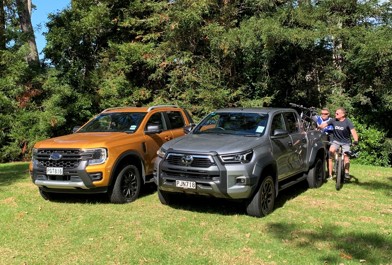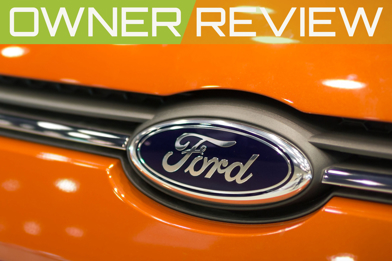The Toyota Hilux hybrid has the potential to annoy two distinctly different groups of people.
 Power 150kW/500Nm (12kW/65Nm boost) Gearbox 6-speed auto, part-time 4WD, low-range Consumption 8.5l/100km (3P-WLTP) Price $53,490 (cab-chassis) to $65,490 (SR5 Cruiser).
Power 150kW/500Nm (12kW/65Nm boost) Gearbox 6-speed auto, part-time 4WD, low-range Consumption 8.5l/100km (3P-WLTP) Price $53,490 (cab-chassis) to $65,490 (SR5 Cruiser).
Toyota New Zealand showcased the new electrified lineup at Fieldays back in June, and according to company executives on site there was some subtle fear from long-time rural customers that their favourite ute was going all eco.
On the other side of things, some of those who would love utes to be more eco-friendly are unhappy that the Hilux is not a “proper” hybrid: it’s of the mild variety (sometimes called MHEV), with a 48-volt power system, lithium battery and motor-generator added to the familiar 2.8-litre turbo diesel.
It can’t drive on electric power alone, although the engine can receive a quick 12kW/65Nm boost from the generator. The battery, which is recharged when the vehicle is braking or coasting like any other hybrid, also supplies the 12v system; the electrics take care of engine stop-start (meaning quieter operation) and various vehicle systems, taking the load off the diesel engine.
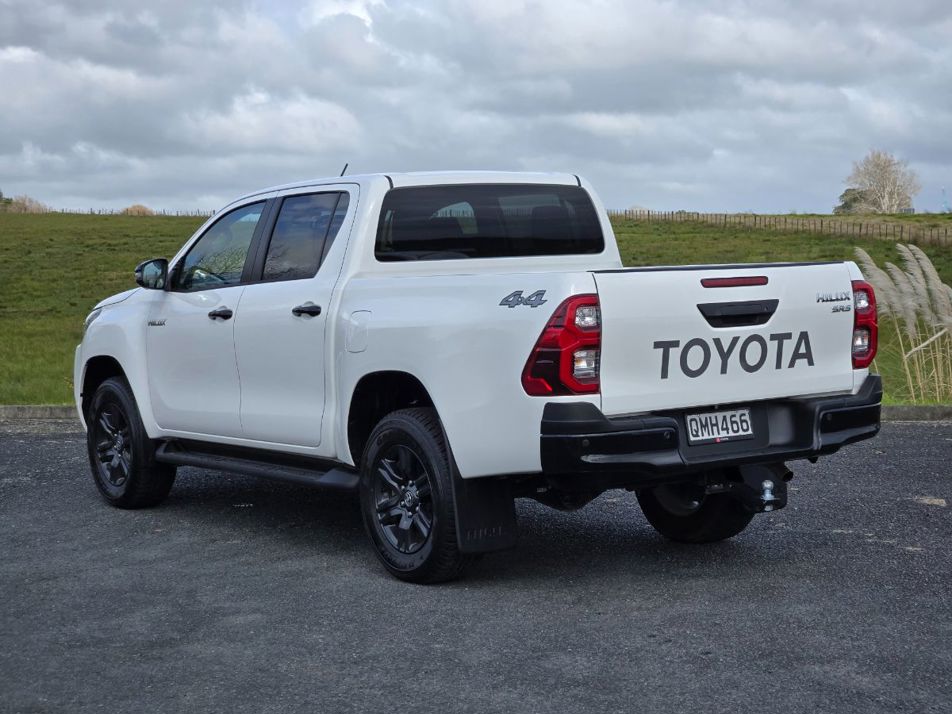
Perhaps neither group of doubters should really worry. For the fearful, the Hilux hasn’t changed a whole lot. It looks almost the same save a few facelift tweaks (which aren’t exclusive to the hybrid anyway), it drives the same or better and it does the same job of going off-road and towing 3.5 tonnes. There isn’t even a hybrid badge on the thing, so nobody need know.
It can’t drive on electric power alone, although the engine can receive a quick 12kW/65Nm boost from the generator.
For the offended, mild hybrid technology is widely used across the car industry and it’s a good way to improve real-world performance and efficiency at relatively low cost.
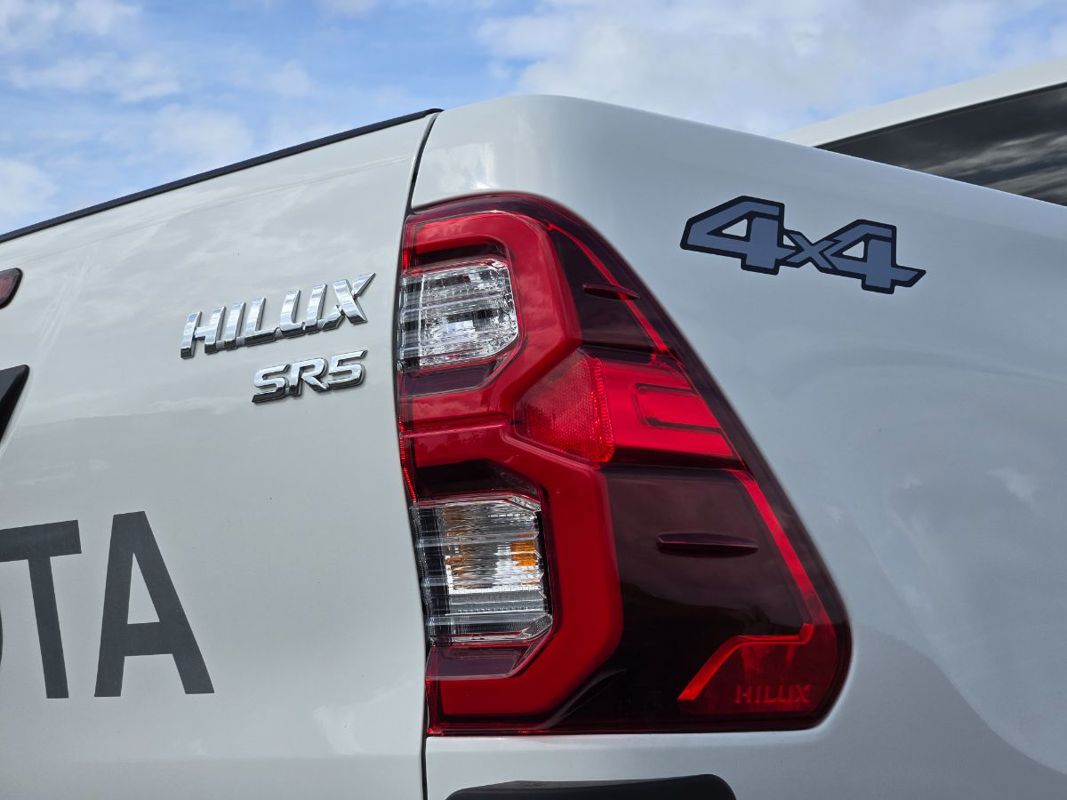
Credit where credit’s due, Hilux was still the first ute to market with hybridisation of any kind. Perhaps not what you were expecting from a maker that prides itself on full-hybrid tech (the kind where you put a badge on the vehicle), but it’s a start.
This is a good time to highlight a facelift for Hilux, which is not directly connected to the introduction of the hybrid engine… but has come along at the same time anyway.
Note that the hybrid technology doesn’t extend completely across the range, at least not for now. It’s applied only to double-cab 4WD automatic variants, including the $59,490 SR5 featured here. Manual-transmission 4WD and all 2WD (aka PreRunner) models still have the non-hybrid engine, although our understanding is that the new powertrain will eventually work its way into those, too.
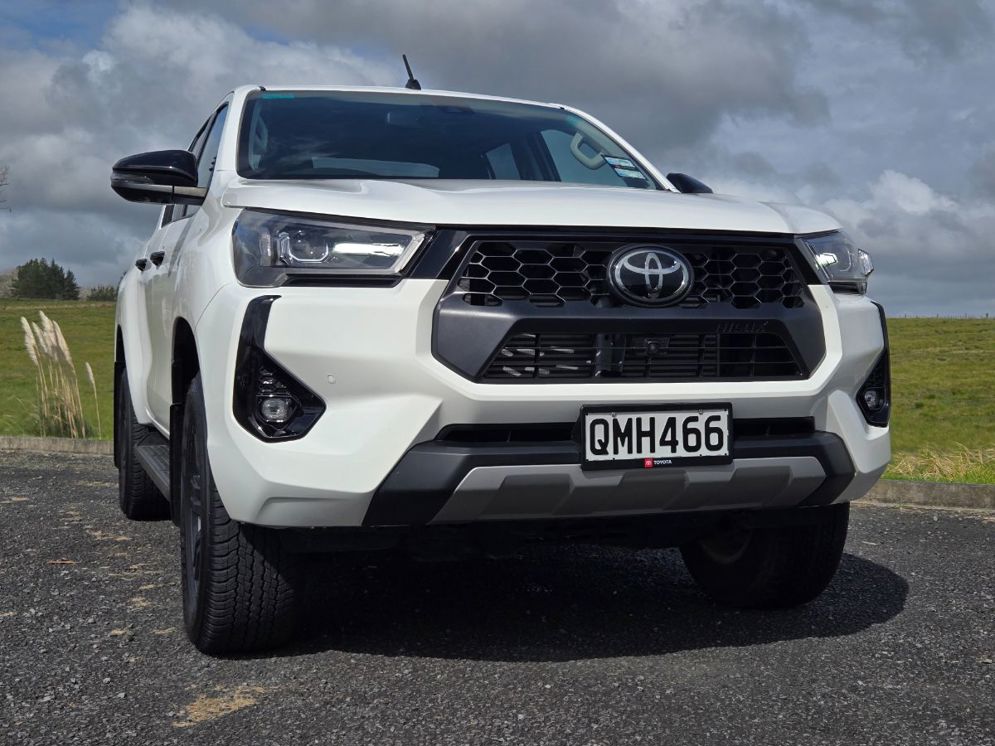
This might be a good time to highlight a slight facelift for Hilux, which is not directly connected to the introduction of the hybrid engine… but has come along at the same time anyway. There’s a fancy-looking new geometric grille on most double-cab models (including the non-hybrid 2WD and manual versions) and the interior has had a tweak, including a new centre console that replaces one cupholder with a vertical storage slot (phone, wallet, cards maybe), a wireless phone charger on our SR5 and the rotary dial for the new 4WD Multi Terrain Select (MTS) controller.
The Hilux hybrid is not a fuel-economy revolution. In fact, there's very little in it compared to the standard engine.
The double-cabs that don’t have the new front are the SR5 Cruiser wide track (which is indeed still a hybrid) and the range-topping GR Sport (which isn’t). A bit confusing, but there you go.
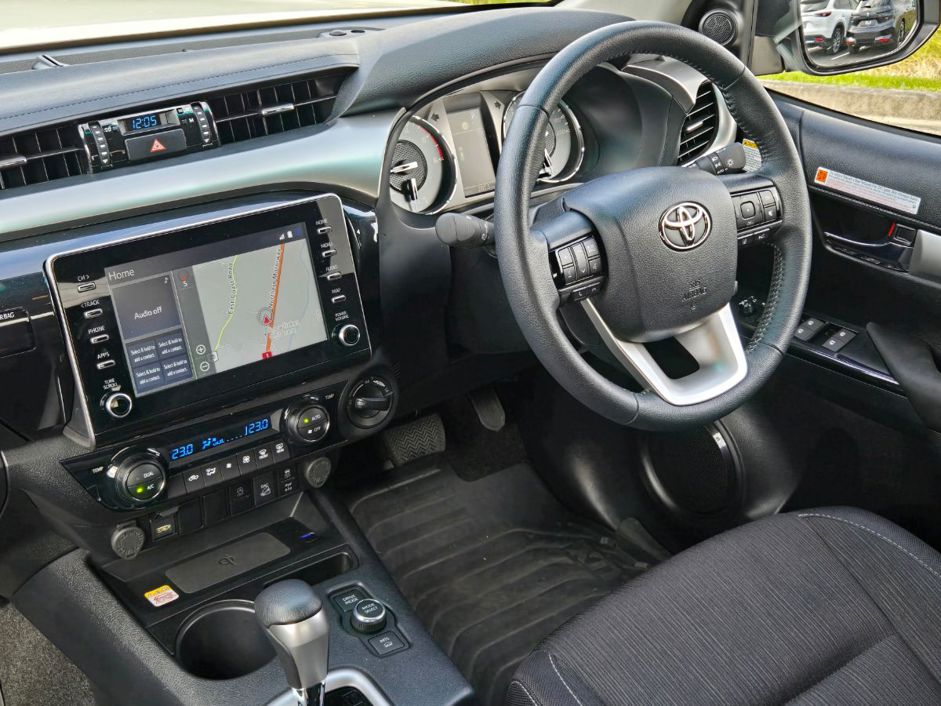
The Hilux hybrid is not a fuel-economy revolution. Some of Toyota NZ’s marketing and dealer promotion suggests a 10% improvement in fuel economy, early releases from Europe claimed more like 5% and in fact the official NZ 3P-WLTP conversion figures from RightCar quote 8.5l/100km for our test SR5 4x4, versus 8.6l/100km for the previous non-hybrid model. So there’s very little in it.
That’s the bad news; catastrophic news if you were expecting a Hilux that sipped fuel like a RAV4. In fact, the electrified Hilux still can’t quite match the Ford Ranger biturbo, which returns 8.0l/100km in the same 3P-WLTP standard. Just to complete the picture, the one-tonne eco-king is actually the Mazda BT-50 with the 1.9-litre turbo-diesel, a 7.8l/1000km; but that’s almost moot because the BT has already been discontinued, so once current stock is gone that’s it.
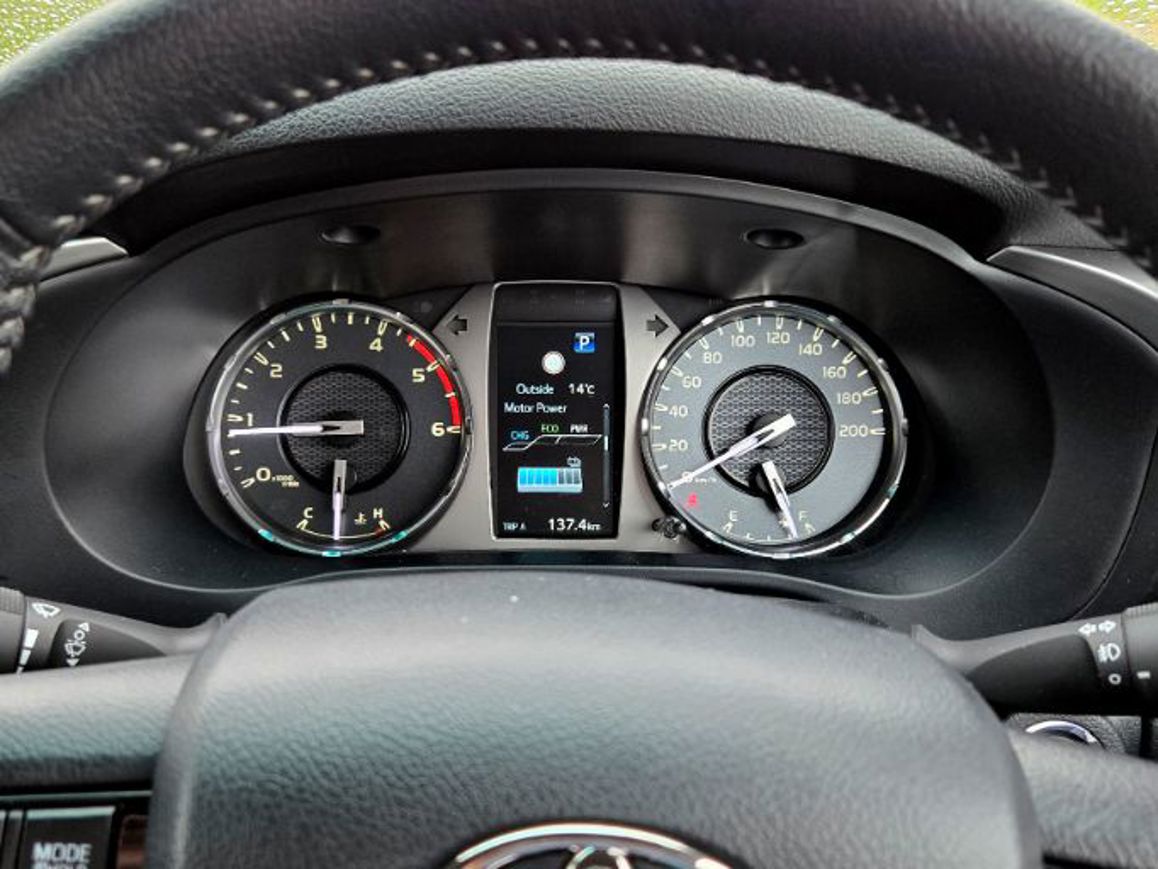
The good news is that mild hybrid technology does make for a much better Hilux. The gentle surge from the motor-generator smoothes out the low-speed power delivery nicely, especially considering the Hilux is still using a 6-speed automatic; it makes the step-up through the ratios more linear.
The hybrid system helps with off-road driving, too. The more muscular pickup means idle speed has been reduced from 720rpm to 600rpm, allowing more precise control on rough terrain. The MTS has with five different off-tarmac drive-mode options, all calibrated to make the most of the electrification.
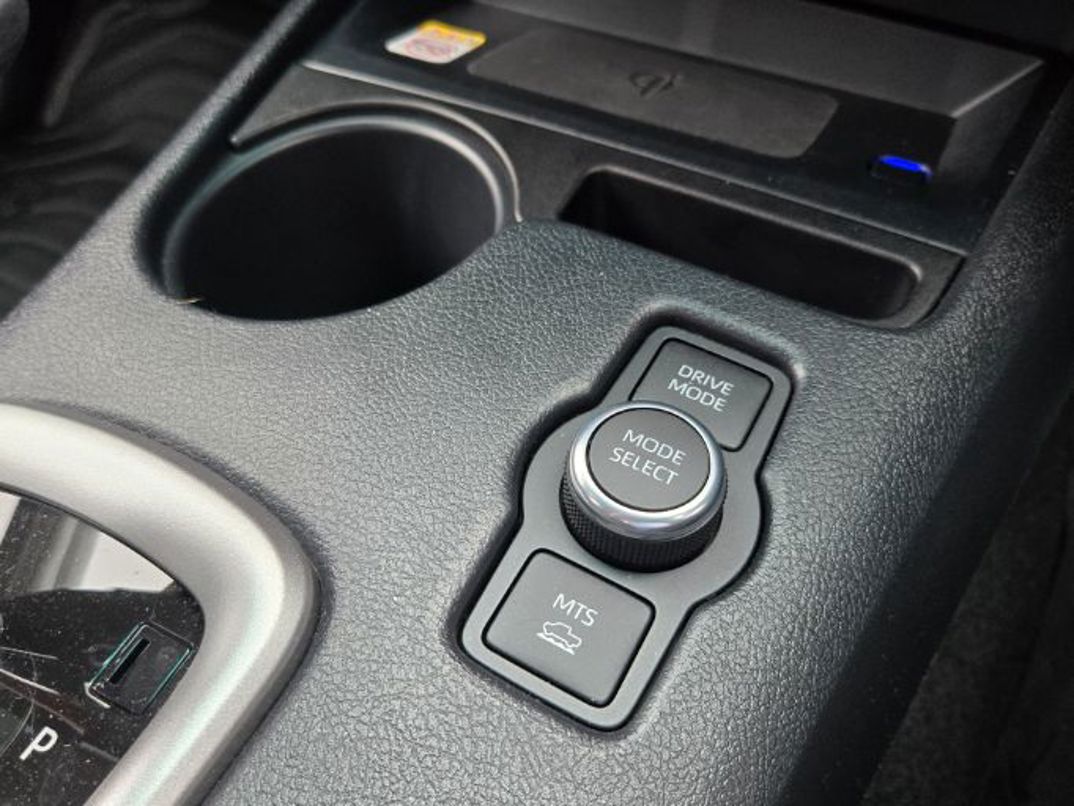
The Hilux diesel has always been plenty torquey enough, but a bit raw-feeling compared with the likes of the Ranger’s biturbo 2.0-litre. The hybrid version closes that gap a little.
There’s no change to the Toyota’s load ratings or 700mm wading ability with the hybrid powertrain and virtually no impact on cabin space, since the 7.6kg battery is small enough to be mounted under the rear seat. The only clue to a tiny change in structural shape is a different rear floor mat for the hybrid model.
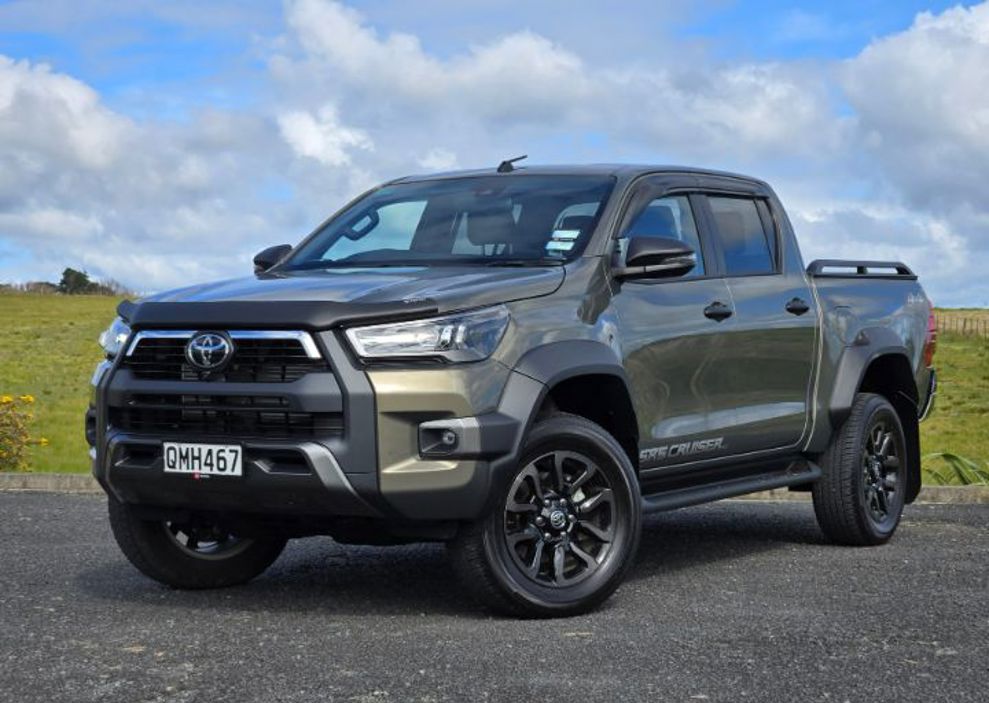
Think of the hybrid as an incremental improvement in the Hilux experience. And here’s another: our initial SR5 drive was followed up with the SR5 Cruiser, although the drive wasn’t the main point.
Accessories are essential to the ute market; most buyers spend thousands on extras for their new one-tonners, be they functional or for the sake of fashion. Toyota NZ has now rationalised its Hilux accessory business to one hub: its plant in Thames, which is also home to the Signature Class refurbishment operation.
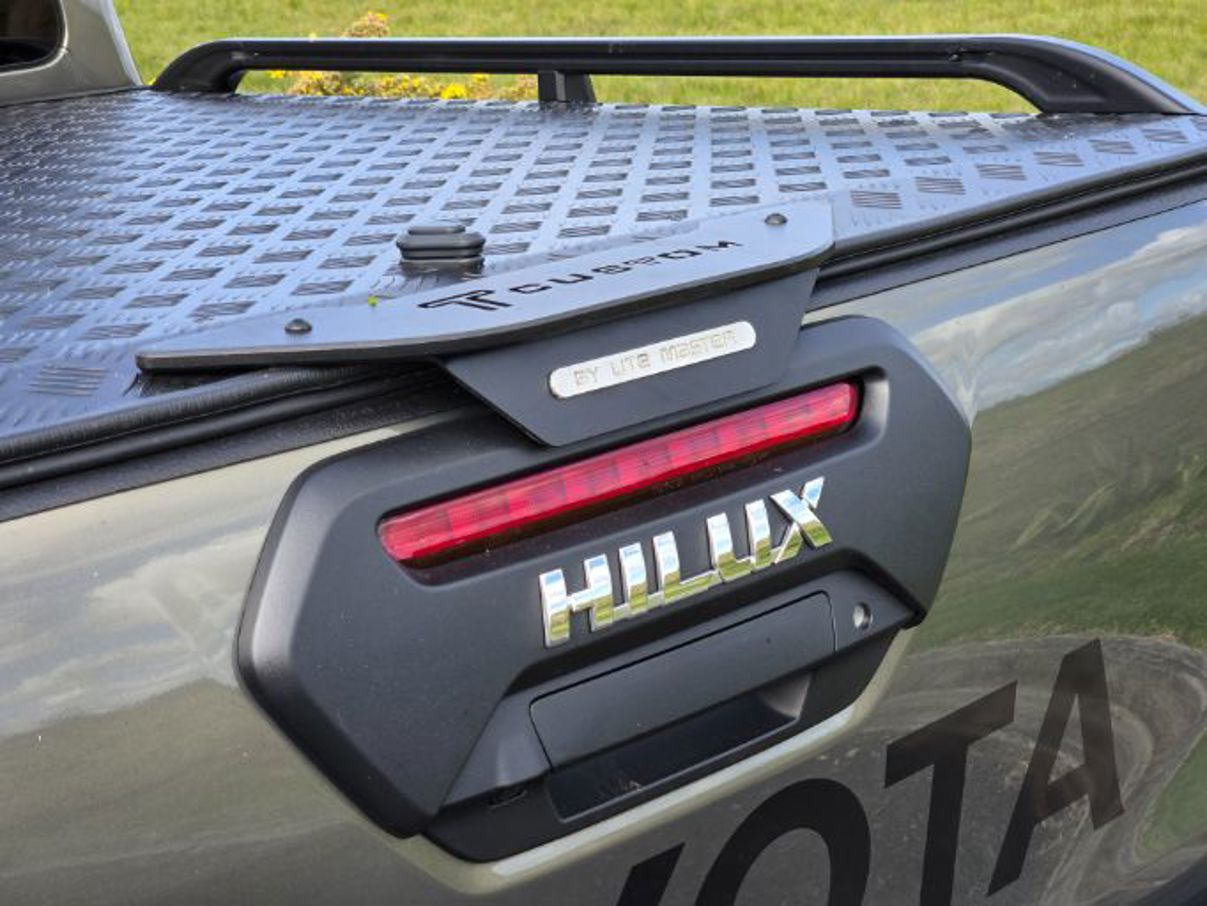
So that means you can order all your Hilux extras online and your vehicle will be built up by a specialist team at the one location, all still covered by the factory warranty.
The Oxide Bronze SR5 Cruiser you see before you is a rolling showcase for official Hilux accessories.
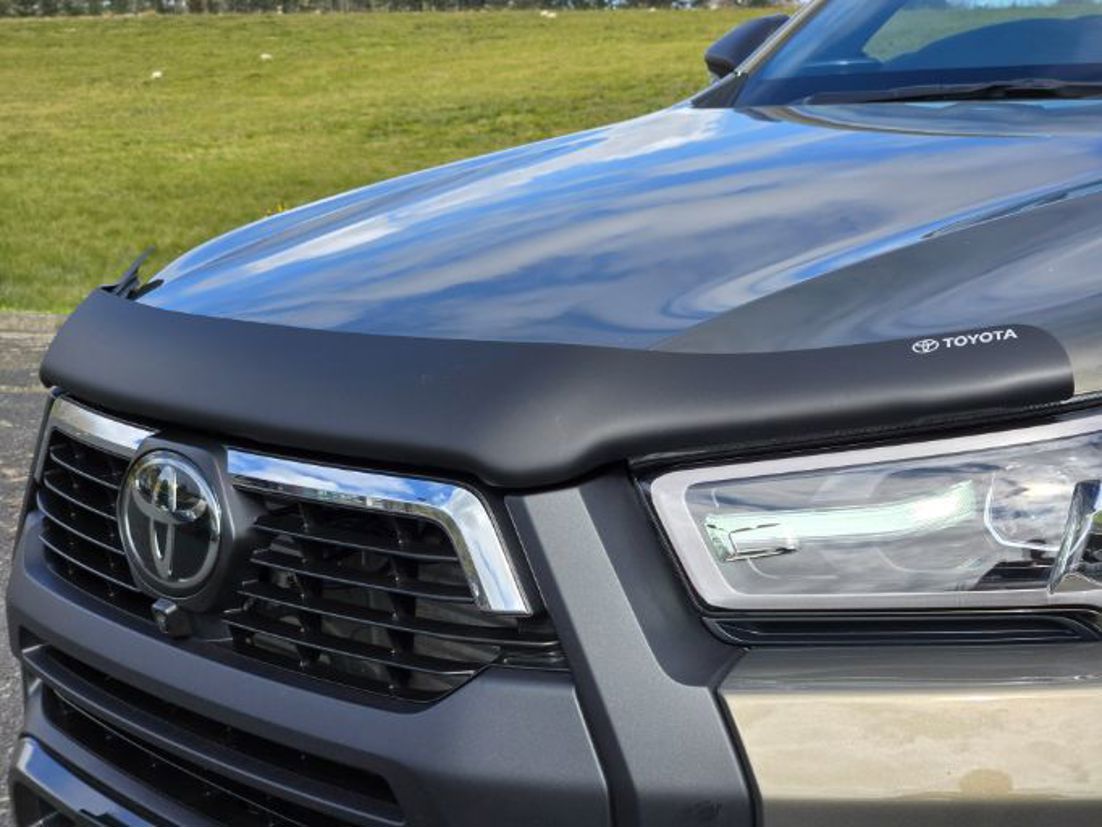
There are 21 separate items on the list for this vehicle and some are boringly small and specific, but some of the highlights you can see on the vehicle here and in the gallery below: T-Custom alloy load lid ($5518), removable tongue towbar ($1673), weathershield set ($294), matte bonnet protector ($242) and even a 1kg fire extinguisher with bracket ($202). We won’t go on.
You can see how easy it is to climb up to a five-figure sum for ute accessories; and yes, buyers often do.

















